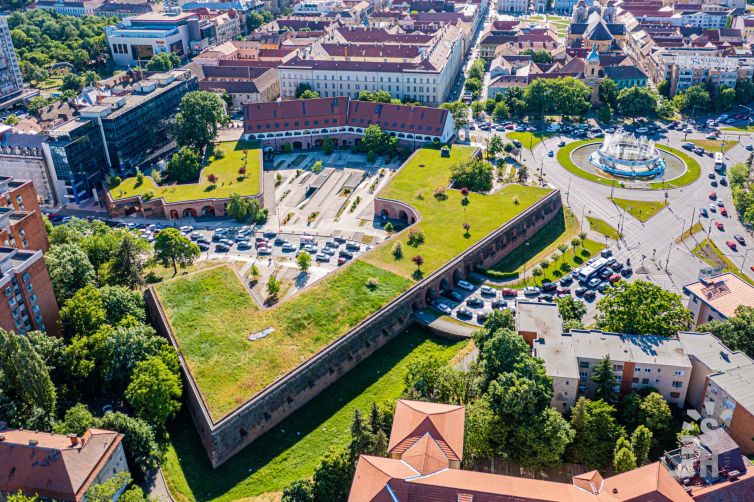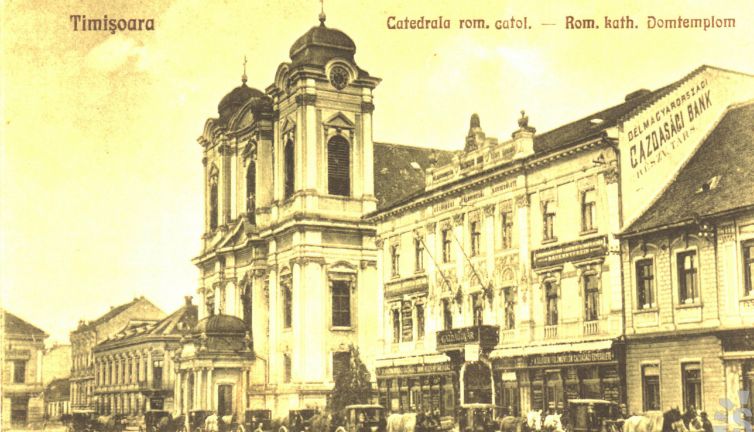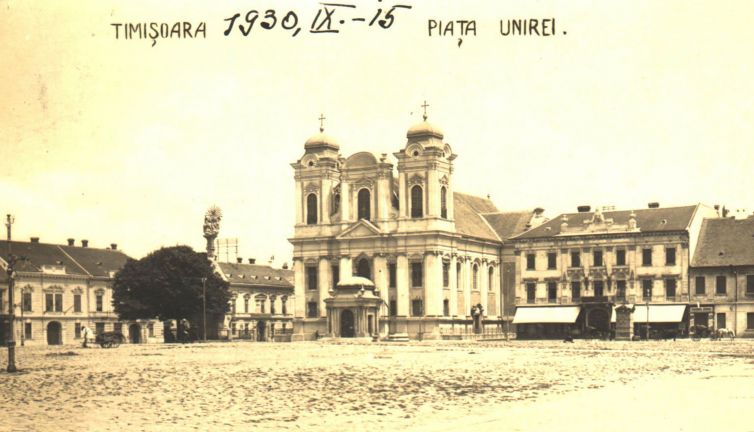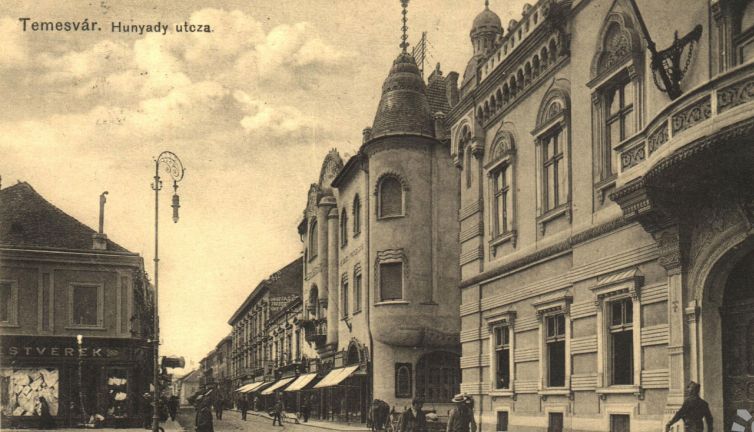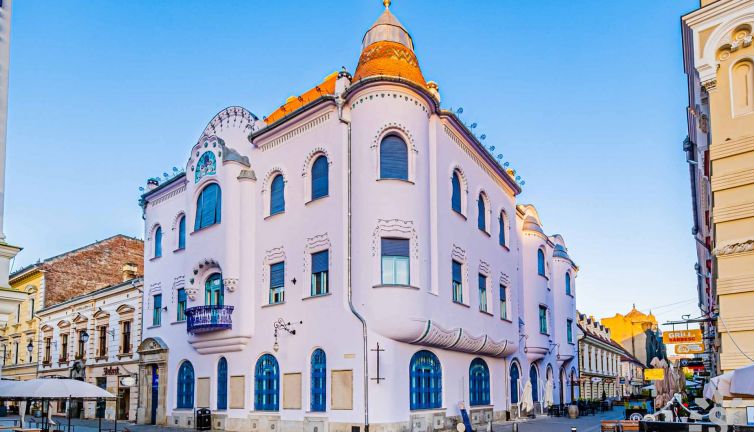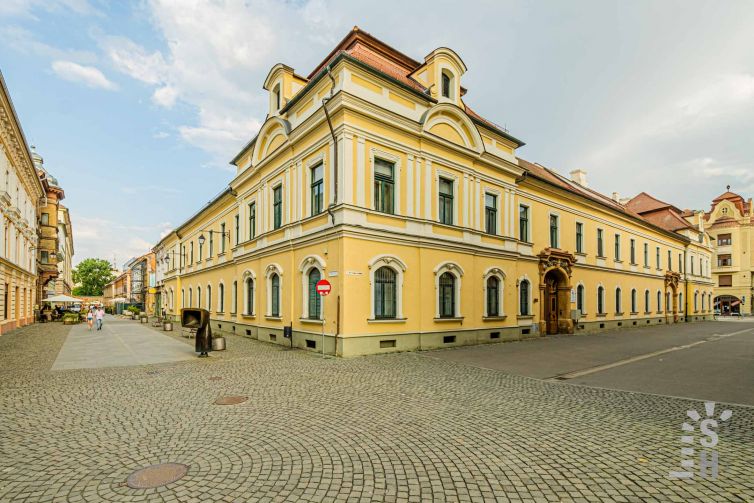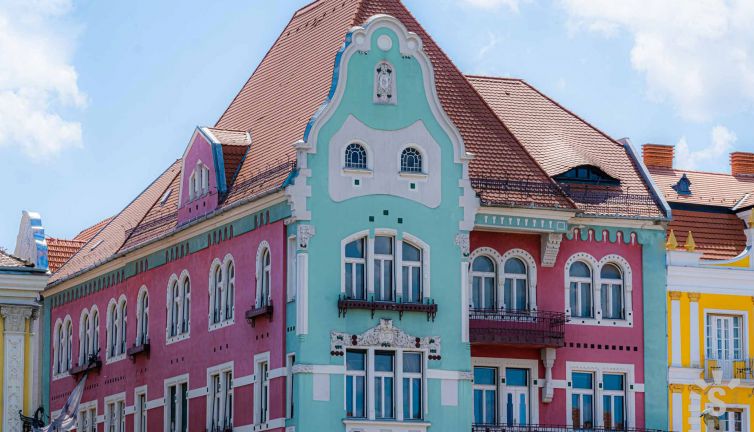Clear Filters
Brück Palace
On the southern side of the Union Square, in the immediate vicinity of the Baroque Palace, stands one of the most recognizable buildings of Timisoara - the Salamon Brück Palace. Built according to the plans of the Timisoara architect László Székely, in the Secession style, the palace was completed in the summer of 1911.


